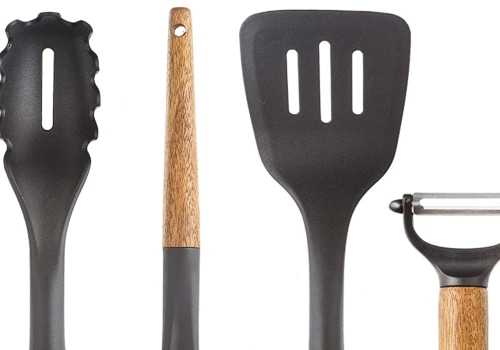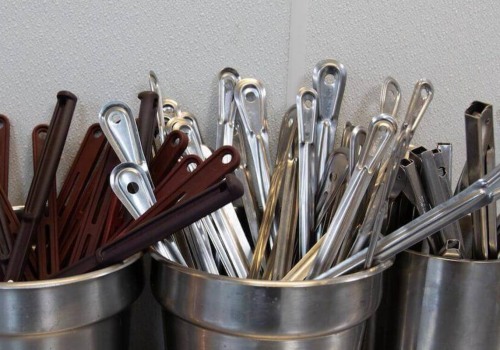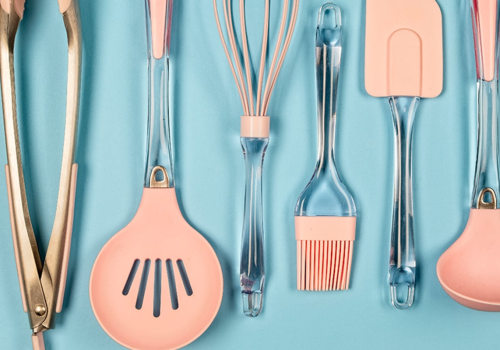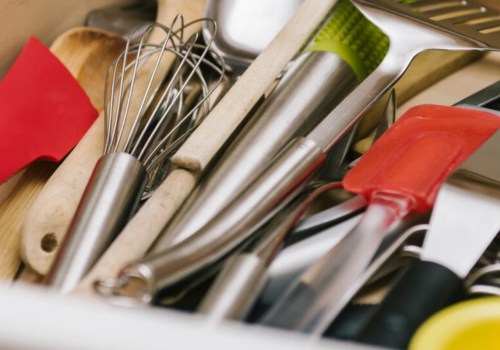Silicone is a largely inert man-made compound of inorganic silicon and oxygen skeleton with organic side groups that bind to silicon atoms. It is considered a “food safe” substance, so it can now be found in numerous bottle teats, plates, sipping cups, baking plates, kitchen utensils, rugs and even toys. Silicone kitchen utensils have many benefits that make your cooking experience more enjoyable. It can withstand very high temperatures (some manufacturers claim to have a heat resistance of up to 600 degrees Fahrenheit).
If you use silicone turners or whisks for cooking, you don't have to worry about it melting when you accidentally leave it in the pot for a while. Silicone is wonderfully non-stick: when using silicone pans for bread and muffins, there is no need to grease and food is released with a gentle twist or push. Most silicone products can withstand up to 260 degrees (500 Fahrenheit). Manufacturers recommend the maximum oven temperature for each item (they vary slightly), which is usually stamped directly on the product.
Spatulas are useful kitchen utensils that help spread butter, cream, mayonnaise, sauces, and other ingredients on breads, cakes, and other foods. The flexibility of silicone allows you to easily pick up these ingredients and transfer them to another container. Silicone cookware and cookware have features that offer some advantages over their metal, plastic, rubber, or wood counterparts. The recipe's silicon provides non-reactive stability, while the rubber ingredient maintains the flexibility of bakeware under harsh conditions.
As a general rule, silicone bakeware is robust and will withstand the heat, humidity, and baking demands if pigmentation is continuous throughout the product. They eliminate the need for greaseproof paper, aluminum foil, and aluminum foil (think non-stick baking trays and silicone storage containers with snap-on lids) and, over time, will save you money (think durable silicone cases can replace disposable paper ones). The silicone spatula has a smooth, rounded edge, which means there is less friction between the spatula and the edges of the container. Food grade silicone can refer to a stable, non-toxic lubricant, or it can refer to silicone that can be mixed and poured into a custom mold for reuse by the baker.
Bad odors are made up of molecules that stick to your silicone kitchen utensils and, like water, those molecules evaporate at high temperatures. Life is definitely too short for them. Aside from that, let's consider its other features and see if silicone kitchen utensils are worth using. Kitchen utensils and kitchen utensils are made of different materials such as plastic, wood, stainless steel, aluminum and others. While the heat rating applies to the silicone head of the spatula, it does not always apply to the spatula handle. Silicone kitchen utensils offer many advantages over traditional materials used in cookware and bakeware.
They are heat resistant up to 600 degrees Fahrenheit so you don't have to worry about them melting when left in the pot for too long. They are also non-stick so there's no need for greasing when baking with them. They are also flexible which makes it easy to pick up ingredients and transfer them into another container. Lastly they are durable so they can be reused multiple times.



